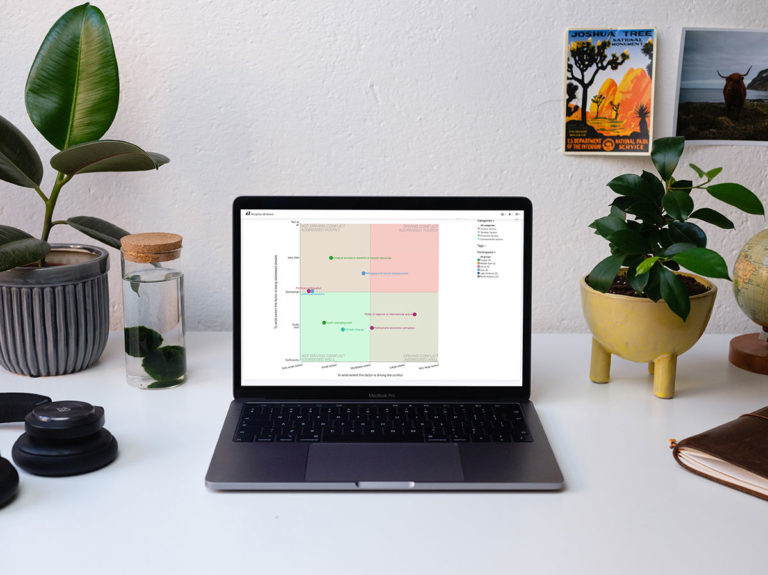In a recent webinar co-hosted by PRY Project Professionals Finland, Inclus, and Skanska, the complexities of large-scale project risk management took center stage. Led by Valtteri Österman, Project Manager at Skanska Finland, and Valtteri Frantsi, Head of Customer Success at Inclus, the discussion provided practical insights into stakeholder engagement and digital collaboration in project risk management.
Österman presented Skanska Finland’s approach to managing risks in large and complex construction projects, such as Oulu University Hospital and The Hospital of Ahvenisto.
Watch the webinar recording and read our summary below.
Challenges in Project Risk Management
Österman initiated the conversation by delving into the complexities of the field. He illuminated the various challenges associated with large-scale projects, from the multitude of risks involved to the diverse group of stakeholders, each with their own perspectives and interests. Österman also highlighted that project goals often vary among stakeholders and individuals, adding an extra layer of complexity to risk management. This overview laid the groundwork for a deeper discussion on how Skanska addresses these challenges with their collaborative and continual project risk management framework.
Key Challenges
- Large number of risks and opportunities
- Large number of stakeholders
- Different goals
- Severe risk impact
Österman concluded the discussion on challenges in project risk management by emphasizing a crucial question: ”How can we identify the most significant risks and opportunities for this project?”
Collaborative Project Risk Management – Skanska’s Project Risk Management Funnel
Skanska’s commitment to stakeholder engagement is evident throughout their project risk management effort. Skanska’s project risk management framework effectively integrates Inclus’ digital toolset and stakeholder workshops to enhance stakeholder engagement, visual analysis, and streamline the complexities of project risk management.
Skanska’s project risk management follows a well-structured funnel framework, consisting of three key phases: Identification, Evaluation, and Action.
- Identification Phase: Stakeholders engage in a collaborative brainstorming session to uncover all potential risks and opportunities. This process is facilitated digitally using Inclus, emphasizing individual participation.
- Evaluation Phase: Skanska meticulously evaluates the identified risks, once again with active involvement from stakeholders. This phase is carried out using Inclus’ risk assessment feature-set.
- Action Phase: Collective insights gathered inform the creation of targeted action plans to address the most significant risks. Unlike previous stages, actions are discussed and coordinated together in a facilitated workshop between key project stakeholders.
The adaptability of evaluation and workshop frequencies, tailored to project size, allows Skanska to identify and address risks throughout project lifecycles. Partnering with Inclus has proven instrumental not only in identifying significant risks but also in advocating for a robust continuous risk management process that actively engages project stakeholders.



